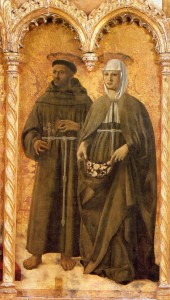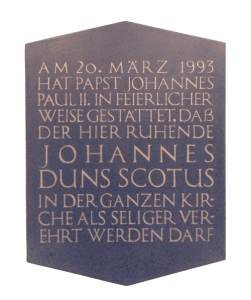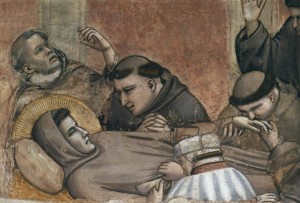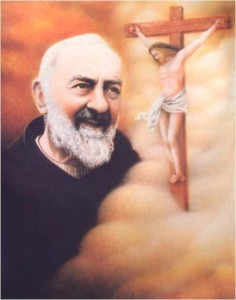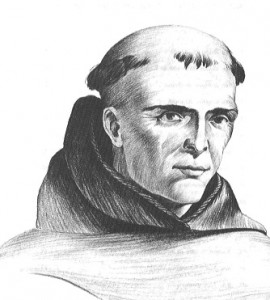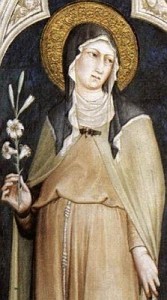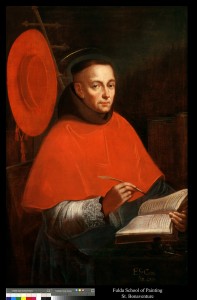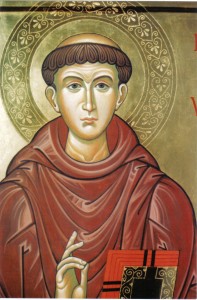 St Anthony of Padua (1195–1231), a Doctor of the Church, carries the nickname of “the ark of the covenant” for his deep knowledge of sacred Scripture and the ability to do great things for God’s Kingdom: drawing large crowds –including animal life– to hear his preaching, inspiring countless souls to amend their ways, and gave true Catholic teaching by the strong argument of miracle as well as of doctrine. As the Ark of the Covenant, St Anthony challenged the false teaching about God and human beings and called his hearers to right teaching, right living, right relationship with God, the Lover of Humanity.
St Anthony of Padua (1195–1231), a Doctor of the Church, carries the nickname of “the ark of the covenant” for his deep knowledge of sacred Scripture and the ability to do great things for God’s Kingdom: drawing large crowds –including animal life– to hear his preaching, inspiring countless souls to amend their ways, and gave true Catholic teaching by the strong argument of miracle as well as of doctrine. As the Ark of the Covenant, St Anthony challenged the false teaching about God and human beings and called his hearers to right teaching, right living, right relationship with God, the Lover of Humanity.
In Abbot Prosper Granger’s monumental work, The Liturgical Year, conveys this prayer: O thou who dost daily fly to the aid of thy devoted clients in their private necessities, thou whose power is the same in heaven as heretofore upon earth, succor the Church, aid God’s people, have pity upon society, now more universally and deeply menaced than ever. O thou ark of the covenant, bring back our generation, so terribly devoid of love and faith, to the serious study of sacred letters, wherein is so energizing a power. O thou hammer of heretics, strike once more such blows as will make hell tremble and the heavenly powers thrill with joy.
